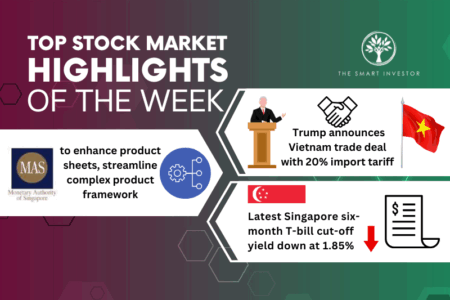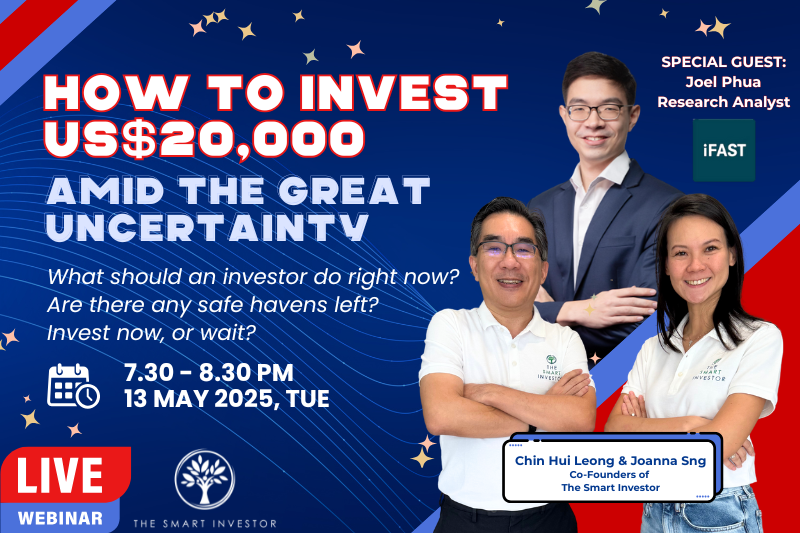The finance community often use the term “passive investing” to apply to investing in index funds. But is investing in an index fund really a “passive” strategy?
Actually not.
Most indexes actually have an active method of selecting their stocks. For example, the S&P 500 only includes the top 500 stocks by market capitalisation that are listed and headquartered in the USA. In addition, the stocks need to have at least four consecutive quarters of profitability.
The S&P 500 is also market-cap weighted. As such, bigger companies have a larger weight in the S&P 500 index, and their returns have a bigger impact on the index’s overall return.
I consider this method of selection and weighting as an active method of selecting stocks. Moreover, the selection criteria are determined by a committee and the committee also has the final say on whether a stock should be included in the index. This was the case for Tesla Inc (NASDAQ: TSLA), which was only included after it reported its fifth profitable quarter (instead of fourth).
Portfolio weighting
Ultimately, these active decisions made by a committee impact the index’s returns. For instance, the simple act of choosing to weight the index based on market cap has had a profound impact on the S&P 500 index over the last 10 years.
The table below shows the returns of the S&P 500 index against the S&P 500 equal-weighted index.

As you can see, the market-cap weighted index far outpaced the equal-weighted one. This is because larger stocks, which have a bigger weighting in the market-cap-weighted index, have outperformed their smaller counterparts over the last 10 years.
Choosing the right index
All of which points to the fact that not all indexes are made equal.
Each index has specific selection criteria and a specific method of weighting its constituent stocks. Ultimately, these are active choices made by the committee building the index.
As investors, we may think that “index investing” is a passive strategy.
But indexes are not completely passive. The stocks within an index have been picked based on criteria that are “actively” chosen.
Even in Singapore, the Straits Times Index (STI), which is a commonly used indicator of the health of Singapore’s stock market, may not be truly representative or passive.
The rules for inclusion into the STI are based on a stock’s market cap, liquidity, and a minimum amount of voting rights in public hands. As such, the stocks selected in the STI are actually picked by the committee based on a selection methodology that they have actively chosen.
Index investing is actually “active”
Ultimately, investing in any index is not a truly passive way to invest. The exposure you gain is based on active decisions made by the index committee that built the index.
In addition, with so many indexes available, choosing an index to invest in is also an active decision made by the investor. Within the US alone, there are funds that track the S&P 500, S&P 500 Equal Weight, MSCI USA, MSCI USA Equal Weighted Indexes, and many more. Each of these indexes has performed differently over the last 10 years.
Index investing is, hence, not truly “passive”.
By investing in any index, you are actually making an “active” decision that the “active” selection and weight criteria used in that particular index will work best for your investment needs.
Get Smart with The Smart Investor. CLICK HERE for your FREE subscription to our Smart Investing newsletter. Take control of your financial future and Get Smart in Investing with us.
Don’t forget to follow us on Facebook and Telegram for some of our latest free content!
Note: An earlier version of this article was published at The Good Investors, a personal blog run by our friends.
Disclosure: Jeremy Chia does not own shares in any of the companies mentioned.




